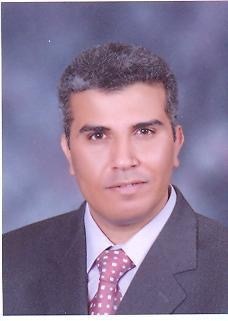Thermoelectric materials can transform the temperature gradient to electric power or vise versa according to Seebeck effect or Peltier effect, respectively. They are considered as sources of green power, reliable energy converters and have no environmentally harmful fluids, noise or vibrations. Also devices based on this technology can be manufactured in very small sizes, which enable application to very local area with precise temperature control [Rovers, S. A. 2010, and Allia P. 2001].
In this work, polycrystalline (Bi1-xSbx)2Se3 (x=0.0, 0.025, 0.05, 0.075, and 0.10) were prepared using a facile method based on the conventional melting technique followed by annealing process. X-ray analysis confirms that the samples consist of pure hexagonal phase of Bi2Se3 and no indications to peaks corresponding to impurities or other Bi-Se compounds were detected.
Scanning electron microscope SEM investigations reveal that the Sb doping significantly suppresses the grain growth of the prepared alloys. The energy dispersive x-ray analysis EDX indicate that the alloys possess superstoichiometry for Bi element which is normal for the Bi2Se3 compounds and ascribed to the evaporation of Se content during the melting process. Formation of Bi2Se3 crystals in single phase is proved also by Raman spectroscopy through appearance of three Raman active modes at 61, 102 and 134 cm-1. The Eg mode expected to be close to 40 cm-1 has not been observed as it was also not seen in other reported results.
The electrical conductivity (s) and Seebeck coefficient (S) have been measured for the bulk samples within the temperature range 100-420 K. The s(T) and the S(T) behaviors are governed by carrier scattering in lower temperature range followed by a transition to intrinsic semiconductor behavior above certain transition temperatures. The s (T) plots in the intrinsic region are well described by the well-known Arrhenius's formula. The activation energy and room temperature electrical conductivity (s300) dependencies on the Sb content exhibit minimum and maximum values, respectively at x=0.05. The results can be explained by taking in consideration the ordering effect in the structure and the role of the Bi superstoichiometry and Sb content on the character and concentration of the lattice point defects in (Bi1-xSbx)2Se3 crystal lattice.
The power factor (PF) of a material is a good indicator for the performance as a thermoelectric device. The highest power factor value was found to be 13.53 µWK-2cm-1 and recorded for the x=0.05 compound. This provides an evidence that this composition is a promising candidate as a thermoelectric power generator

